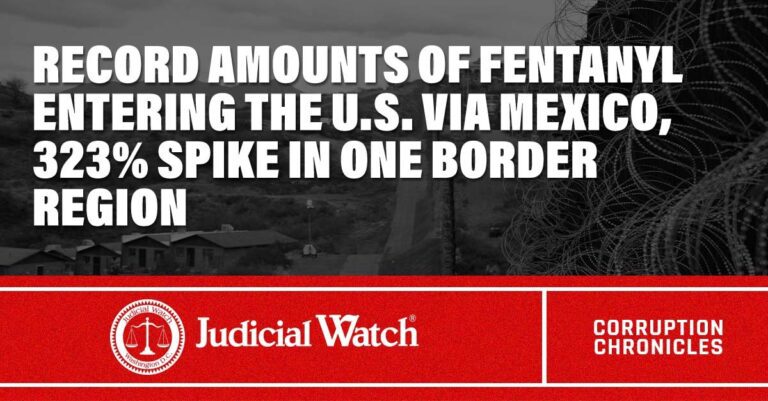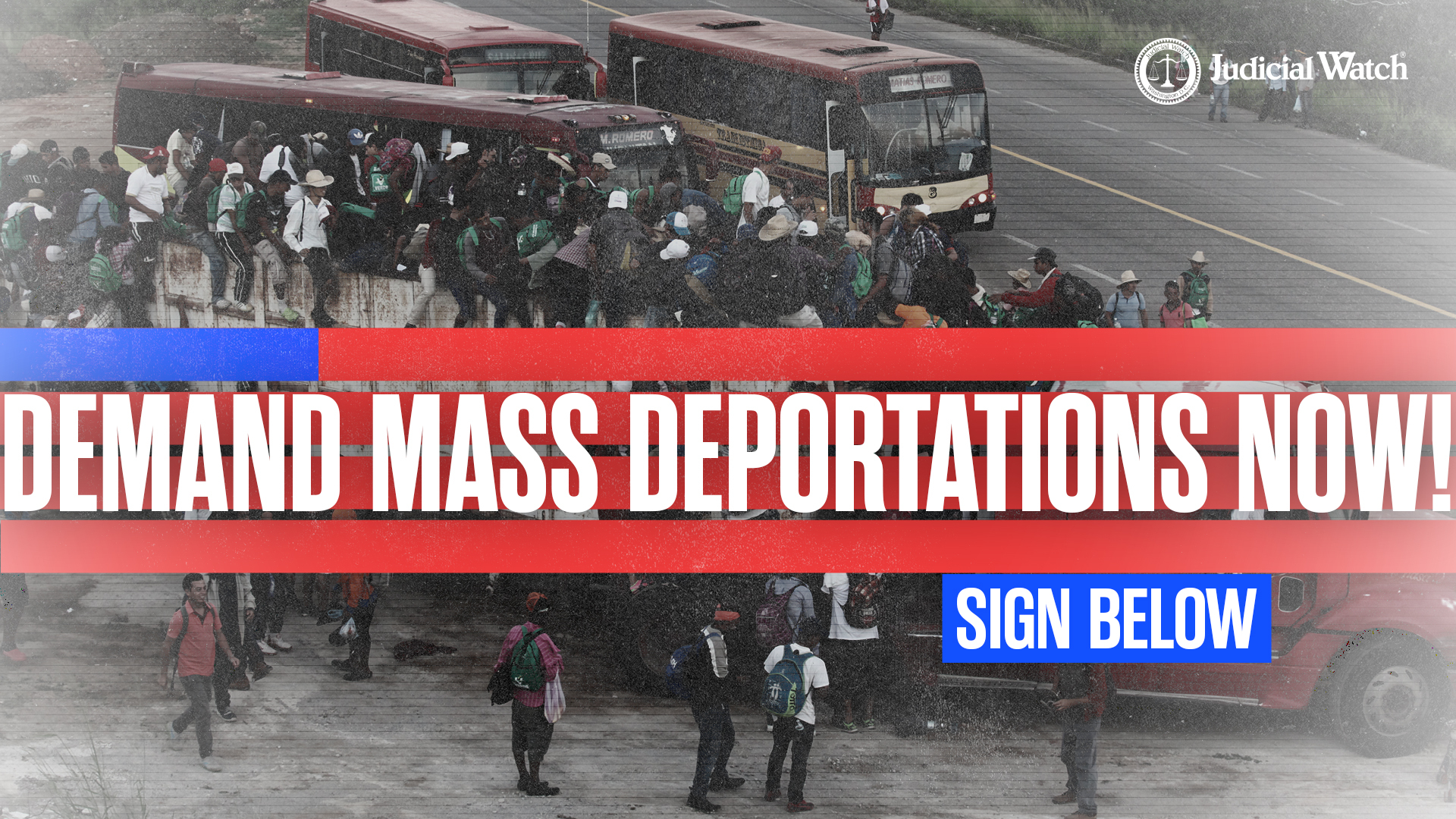
Record Amounts of Fentanyl Entering the U.S. Via Mexico, 323% Spike in one Border Region

American federal agents have seized more than 10,500 pounds of the deadly synthetic opioid fentanyl along the Mexican border this fiscal year with one U.S. border region seeing an astounding 323% increase in the last three years. The most recent Customs and Border Protection (CBP) figures also show that more than 148,000 pounds of methamphetamine, 54,000 pounds of cocaine, and 1,500 pounds of heroin have also been seized this fiscal year which ends in September. At this rate fentanyl is set to surpass last year’s seizures of 11,203 pounds, a stark reminder that illegal immigration is hardly the only threat along the southwest border.
CBP’s Air and Marine Operations (AMO) already shattered last year’s fentanyl record, snatching 1,108 pounds compared to 786 in all of 2021. The CBP division has about 1,800 federal agents, 240 aircraft and 300 marine vessels. The maritime and aviation law enforcement branch has also confiscated more than 151,000 pounds of cocaine, 51,000 pounds of marijuana 7,300 pounds of methamphetamines and 373 pounds of heroin this year. The record loads of fentanyl smuggled into the U.S. by Mexican drug cartels are especially worrisome because the synthetic opioid is 50 times more potent than heroin and 100 more potent than morphine, according to the Drug Enforcement Administration (DEA), the federal agency of around 10,000 charged with enforcing the nation’s controlled substances laws and regulations. “Fentanyl is the single deadliest drug threat our nation has ever encountered,” DEA Administrator Anne Milgram said recently. “From large cities to rural America, no community is safe from the presence of fentanyl.”
The agency also warns that Mexican drug cartels are driving up addiction among kids and young adults with “rainbow fentanyl,” pills and powder that come in bright colors and shapes similar to candy and blocks that resemble sidewalk chalk. Just a few weeks ago, federal agents in the Nogales, Arizona port of entry seized more than 15,000 colored fentanyl pills “with the appearance of candy.” CBP Nogales Director Michael Humphries said the candy appearance is a trend that targets youth. Most of the nation’s 107,622 drug overdoses in 2021 involved synthetic opioids like fentanyl, according to the Centers of Disease and Control and Prevention (CDC). The DEA says the majority of fentanyl in the U.S. is supplied by Mexico’s Sinaloa Cartel and Jalisco New Generation Cartel (CJNG).
Border crossings in San Diego take the prize, earning the region the title of “national epicenter for fentanyl trafficking.” More deadly fentanyl is being confiscated by border agents in the area than at any of the nation’s more than 300 ports of entry, according to the Department of Justice (DOJ). A few weeks ago the agency disclosed that in the first nine months of fiscal year 2022 (October through June), CBP seized 5,091 pounds of fentanyl, which at the time amounted to about 60% of the 8,425 pounds of fentanyl seized around the entire U.S. The seizures involved ports of entry in San Ysidro, Otay Mesa, Tecate Andrade, Calexico, Imperial Beach, Chula Vista Brown Field El Cajon, Campo, Boulevard, San Clemente and Murietta. The area’s top federal prosecutor said the “amount of fentanyl we are seizing at the border is staggering,” and that the number of fentanyl-related deaths in his district is unprecedented.
The U.S. government has long documented that Mexican drug cartels are the greatest criminal threat to the country. Federal authorities classify them as Transnational Criminal Organizations (TCO) and not even a global pandemic could slow them down. Cartels found a way to adjust to restrictions imposed by COVID-19 to flood the country with illicit drugs. Huge loads still reached communities around the nation as deaths and seizures rose sharply and Mexican TCO’s increased drug availability, according to the DEA’s National Drug Threat Assessment (NDTA). Nine Mexican TCOs have the greatest drug trafficking impact on the U.S., according to the DEA. Among them are the Sinaloa and Juárez cartels, Los Zetas, La Familia Michoacána, Los Rojos and Guerreros Unidos. The TCOs maintain drug distribution cells in cities across the U.S. that report to leaders in Mexico and dominate the nation’s drug market. In a Homeland Threat Assessment the Department of Homeland Security (DHS) explains that Mexican cartels pose the greatest threat to the U.S. because of their ability to control territory and co-opt parts of government, particularly at a state and local level. “They represent an acute and devastating threat to public health and safety in the Homeland and a significant threat to U.S. national security interests,” the DHS writes in the document.
















